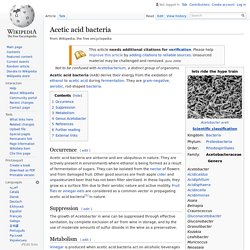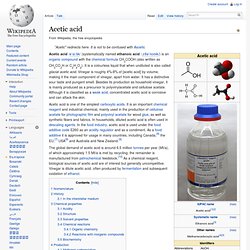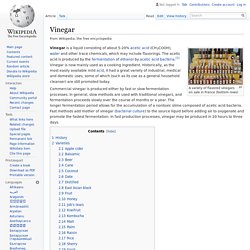

Bacteria. Bacteria ( Most bacteria have not been characterised, and only about half of the bacterial phyla have species that can be grown in the laboratory.[10] The study of bacteria is known as bacteriology, a branch of microbiology.

Etymology Origin and early evolution Morphology Many bacterial species exist simply as single cells, others associate in characteristic patterns: Neisseria form diploids (pairs), Streptococcus form chains, and Staphylococcus group together in "bunch of grapes" clusters. Even more complex morphological changes are sometimes possible. Cellular structure Structure and contents of a typical gram-positive bacterial cell (seen by the fact that only one cell membrane is present). Intracellular structures The bacterial cell is surrounded by a cell membrane (also known as a lipid, cytoplasmic or plasma membrane).
Many important biochemical reactions, such as energy generation, use concentration gradients across membranes. Extracellular structures Endospores Growth and reproduction. Acetic acid bacteria. Not to be confused with Acetobacterium, a distinct group of organisms.

Occurrence[edit] Suppression[edit] The growth of Acetobacter in wine can be suppressed through effective sanitation, by complete exclusion of air from wine in storage, and by the use of moderate amounts of sulfur dioxide in the wine as a preservative. [edit] Vinegar is produced when acetic acid bacteria act on alcoholic beverages such as wine. Some genera, such as Acetobacter, can oxidize acetic acid to carbon dioxide and water using Krebs cycle enzymes. As these bacteria produce acid, they are usually acid-tolerant, growing well below pH 5.0, although the pH optimum for growth is 5.4-6.3. One species of Acetobacter, Acetobacter xylinum, is able to synthesize cellulose,[2] something normally done only by plants.
Acetic acid. Acetic acid /əˈsiːtɨk/ (systematically named ethanoic acid /ˌɛθəˈnoʊɨk/) is an organic compound with the chemical formula CH3COOH (also written as CH3CO2H or C2H4O2).

It is a colourless liquid that when undiluted is also called glacial acetic acid. Vinegar is roughly 4%-8% of [acetic acid] by volume, making it the main component of vinegar, apart from water. It has a distinctive sour taste and pungent smell. Besides its production as household vinegar, it is mainly produced as a precursor to polyvinylacetate and cellulose acetate. Although it is classified as a weak acid, concentrated acetic acid is corrosive and can attack the skin. Ethanol. "Drinking alcohol" redirects here.

For information related to the consumption of alcohol, see Alcoholic beverage. Ethanol /ˈɛθənɒl/, also commonly called ethyl alcohol, drinking alcohol, or simply alcohol is the principal type of alcohol found in alcoholic beverages, produced by the fermentation of sugars by yeasts. It is a neurotoxic[14][15] psychoactive drug and one of the oldest recreational drugs used by humans. It can cause alcohol intoxication when consumed in sufficient quantity. Etymology[edit] Ethanol is the systematic name defined by the International Union of Pure and Applied Chemistry (IUPAC) for a molecule with two carbon atoms (prefix "eth-"), having a single bond between them (suffix "-ane"), and an attached functional group-OH group (suffix "-ol").[1] The name ethanol was coined as a result of a resolution that was adopted at the International Conference on Chemical Nomenclature that was held in April 1892 in Geneva, Switzerland.[18]
Vinegar. A variety of flavored vinegars on sale in France (bottom rows) Vinegar is a liquid consisting of about 5-20% acetic acid (CH3COOH), water and other trace chemicals, which may include flavorings.

The acetic acid is produced by the fermentation of ethanol by acetic acid bacteria.[1] Vinegar is now mainly used as a cooking ingredient. Historically, as the most easily available mild acid, it had a great variety of industrial, medical and domestic uses, some of which (such as its use as a general household cleanser) are still promoted today. Commercial vinegar is produced either by fast or slow fermentation processes. In general, slow methods are used with traditional vinegars, and fermentation proceeds slowly over the course of months or a year. History[edit] Vinegar has been made and used by people for thousands of years.[2] Traces of it have been found in Egyptian urns from around 3000 BC.